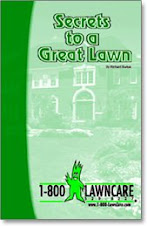
Lawntech Christmas Decor has been proudly serving our coverage area with custom Christmas Lighting for 14years. We take extreme pride in offering our customers the confidence which comes with being part of the National Franchise which is Christmas Decor Inc. CDI,Inc., is a National Franchise with over 400 franchises across America, affiliated with Ronald McDonald house charities, Christmas Decor is recognized as the foremost leader in custom lighting.
Lawntech takes pride in our installation projects and sees that each customer gets a professional lighting job with excellent service. This industry is known to have fly by night, quick to start up companies, which gives this business a bad name, Lawntech takes upon itself to try and keep Christmas lighting professional, courteous, and ethical.
What does Lawntech Christmas Decor offer our customers that the other fly by night companies can't?:
Customized Lighting
Insured and Bonded
Trained Installation Tech's
Courteous Staff
Safety trained and conscious
Uniformed installers
No undocumented workers
Outstanding Service call Program
Variety of Products
National Company Recognition
Ronald McDonald House Charities Donation
Competitive Prices
Proven Customer Satisfaction and History
Been in Business Since 1985
Best Products Made
Proud Member of the National Decorate a Soldiers House Program
Lawntech is looking forward to another wonderful year helping our area decorate for the holidays, We enjoy serving our community and providing the best product, service and enjoyable experience for our customers, please take the time to let Lawntech Christmas Decor give you a free estimate for lighting today, call our office staff @ 972-346-2696 for available times in your area.
















